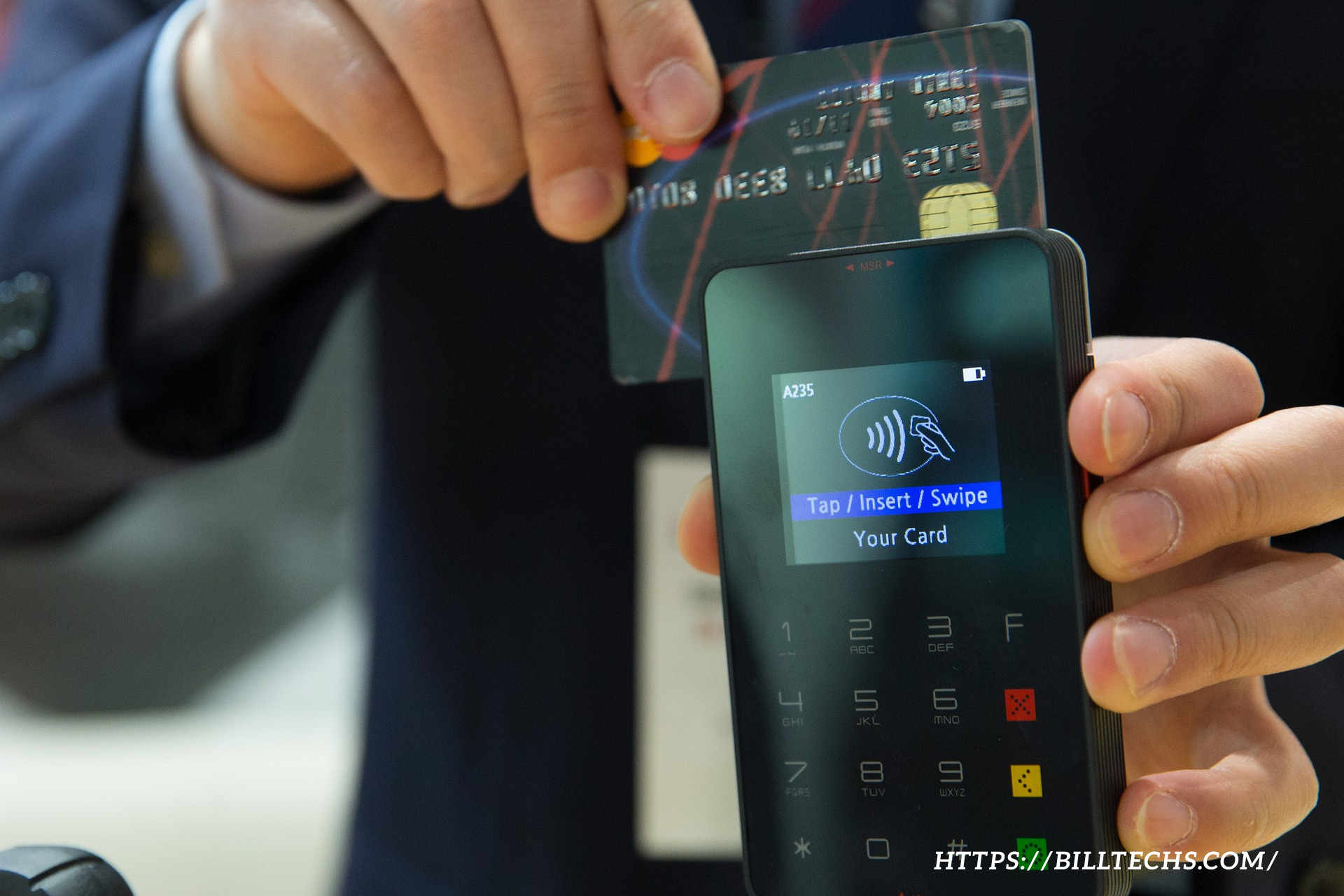Digital Banking:
In today’s fast-paced world traditional banking methods are gradually being replaced by digital banking. With the rise of technology and the increasing reliance on the internet digital banking has transformed how people manage their finances.
What is Digital Banking?
Digital banking refers to the use of digital platforms such as websites mobile apps and online banking services to conduct financial transactions and manage accounts. Unlike traditional banking which requires physical visits to banks digital banking allows customers to perform banking activities from anywhere in the world at any time using the internet.
The Rise of Digital Banking
The rise of digital banking can be attributed to several factors with technology playing a pivotal role. The advent of smartphones internet connectivity and innovative software has made digital banking more accessible. Consumers have also become more accustomed to handling day-to-day tasks digitally.
Benefits of Digital Banking
Convenience and Accessibility:
The most significant advantage of digital banking is convenience. Customers no longer need to visit a bank in person to access their accounts. Whether it’s transferring money paying bills or checking account balances all of these tasks can be done from the comfort of home or on the go.
Lower Fees:
Digital banks typically have lower overhead costs since they don’t maintain physical branches. These savings are often passed on to customers in the form of lower fees for services like ATM withdrawals account maintenance and money transfers.
Security:
While there are concerns about the security of digital banking many digital platforms use advanced encryption techniques to protect user data and transactions. Multi-factor authentication and biometric security such as facial recognition and fingerprints are also becoming common features to enhance security and reduce fraud.
Paperless Transactions:
Digital banking eliminates the need for paper checks statements and receipts. This not only reduces paper waste but also makes it easier for customers to track their financial activities. Many platforms offer digital statements that can be accessed at any time reducing the clutter of physical paperwork.
Financial Management Tools:
Many digital banking platforms offer tools to help users manage their finances better. These tools can track spending habits categorize expenses set budgets and even provide personalized financial advice.
Types of Digital Banking
Online-Only Banks:
These banks operate entirely online without any physical branches. They offer a wide range of banking services such as savings accounts checking accounts and loans all accessible through their website or mobile apps. Examples include Chime and Ally Bank.
Mobile Banking:
Mobile banking refers to using a smartphone or tablet to conduct banking transactions. Most traditional banks now offer mobile banking apps that allow customers to check balances.
Cybersecurity Threats:
As digital banking grows so does the risk of cyberattacks. Hackers target online platforms aiming to steal sensitive information such as passwords account details and personal data. Banks must continually invest in robust cybersecurity systems to protect their customers.
Digital Literacy:
Not everyone is comfortable using digital technology especially older generations or people in rural areas with limited internet access. While digital banking is convenient for many there is still a significant portion of the population that may struggle to adapt to these new systems.
Technical Issues:
While digital platforms are usually reliable technical glitches server downtimes, and connectivity issues can still occur. These problems can disrupt banking services and leave customers frustrated.
Lack of Personal Interaction:
Some people miss the personalized service they get from traditional banks. Digital banking, for all its convenience often lacks the face-to-face interactions that can be crucial for more complex financial services like investment advice or loan consultations.
The Future of Digital Banking
The future of digital banking looks promising with ongoing advancements in technology. As artificial intelligence (AI) machine learning and blockchain continue to evolve digital banking will become even more efficient and secure.
In conclusion, digital banking is here to stay. It has made financial management easier faster and more convenient offering users unprecedented flexibility and access to their accounts. Despite the challenges the benefits outweigh the drawbacks and as technology continues to advance digital banking will undoubtedly play an even more significant role in the global financial system. As long as security measures are continually improved and digital literacy is promoted digital banking will remain the future of finance.
